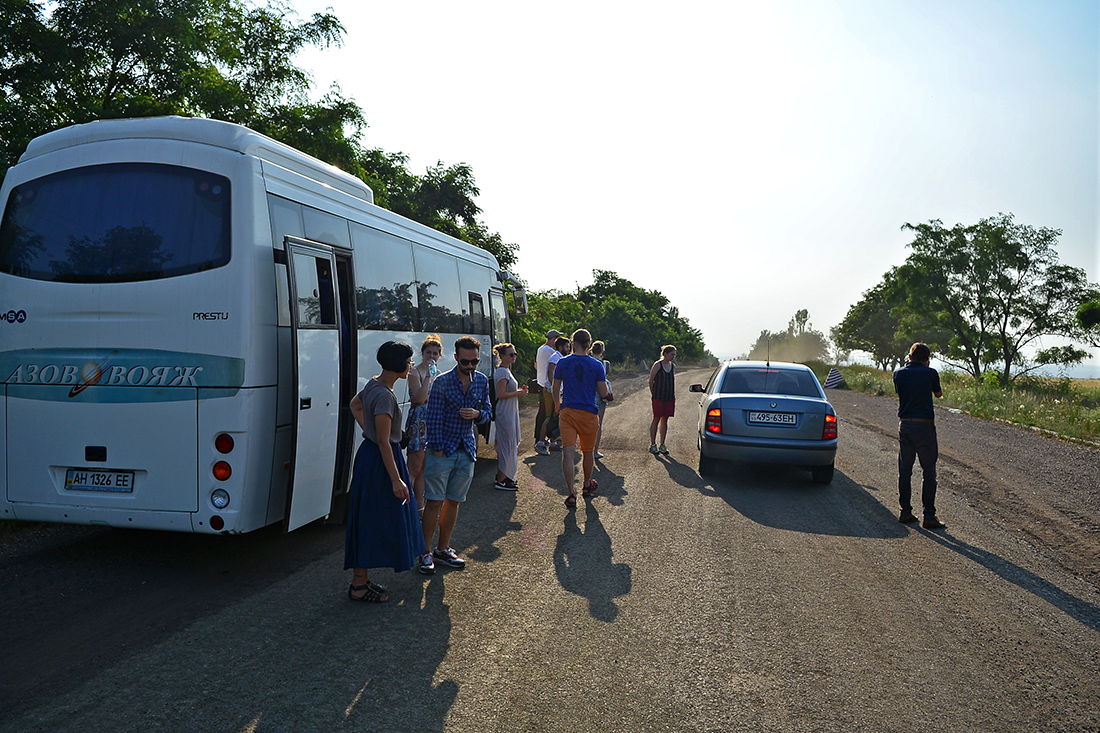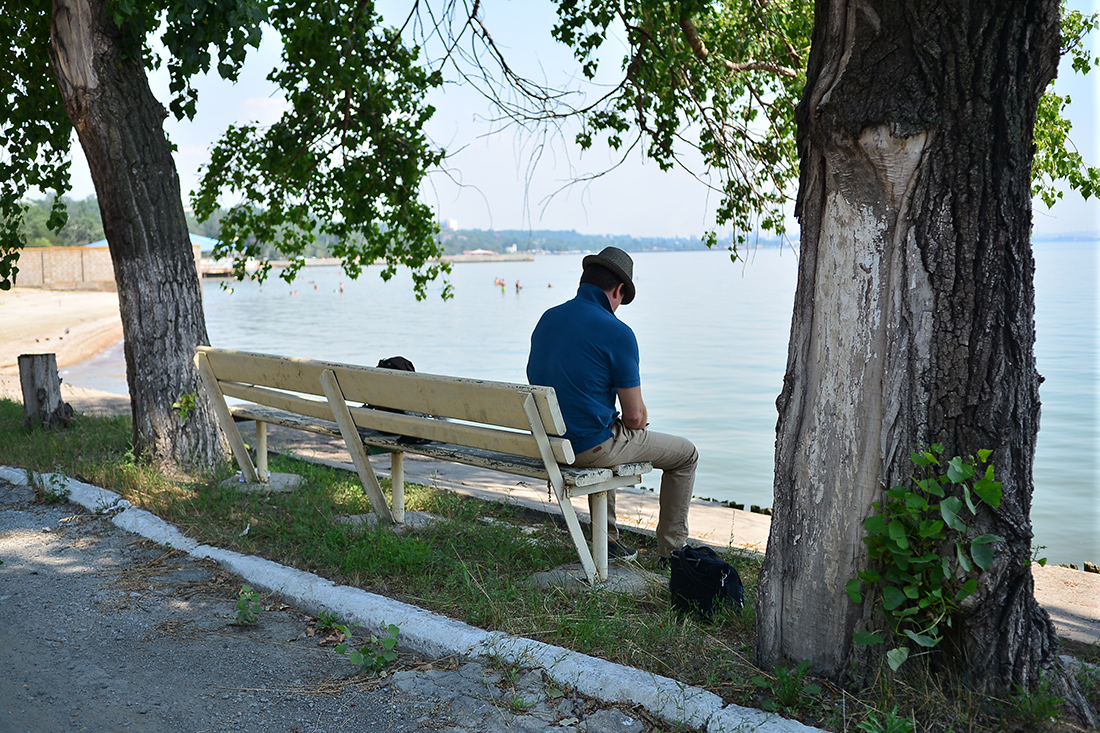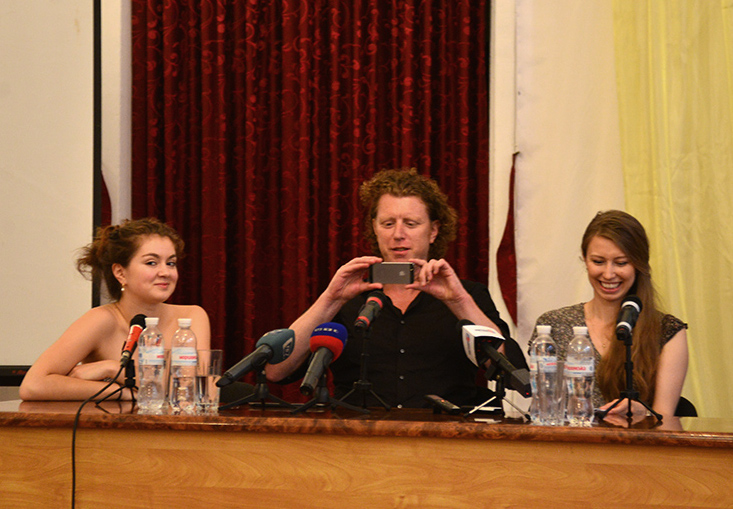While the Bible says that “at the beginning was the word” the contemporary art world is often driven by “not understanding a word”. When you come to a country which is different to the environment you’re used to, a clash of local culture with your personal (in)ability to respond to it and vice versa starts a whole new conversation.
What is Architecture? Does it solely mean “buildings”? What is Politics? Is it only to do with a government and men in suits who represent it? Where is the boundary between architecture and politics? Is there one?
For the Architecture Ukraine residency the first day in Mariupol has started with an attempt to find a common understanding of words. A press conference, that took place at the “Палац Молоді” (Palace of Youth) — a former hotel and bordel (back in the times of Russian Empire) and the main post-Soviet cultural hub — was supposed to reveal the AU’s intentions in the city.
“This program is about Future,”— said Krists Ernstsons —”it focuses on three main issues: industry, ecology (sustainability) and identity. We are going to work with the raw data and try to find out what makes Mariupol special. And it’s not about buildings: architects are good not only because of that, they are also good at collecting and analysing large amounts of data while searching for new ways how to make the city a better place.”
“Well, if it’s architecture, will we see some changes on the city plan? What will be the physical outcomes of the project?” — asks a local journalist.
A different perspective on common things define the starting point of projects like AU. Especially in post-Soviet cities like Mariupol where for ages people were told what to think, to do and to like. Talking. Talking to people not only for collecting data, but to explaining ideas and open minds. Further on, the AU group went to the Azov Shipyard — a massive enterprise which is located at the edge of the city beach. Built at a time of Russian Empire and bearing traces of USSR era, this site was an amazing shot of history that came to unspoken decay.
A regular worker — a man in aviator sunglasses — showed us around the ship repair section of the plant. There is a tattoo that states “One Life” and portrays a crown of the Russian Empire. “This is my life motto: we have just one life and have to live it fully”,— he says. “Like a Tzar?” “Yes”.
We are moving around the shipyard following strict safety rules and dealing with a bunch of complex feelings. The Shipyard’s director is starting his speech by saying that he is pro-Ukrainian, nevertheless business is business and in these terms he is apolitical. It looks like people around him share the same philosophy and it would be okay if not for the front line of an undeclared war which is few kilometres away from the city.

We get on the bus and head towards the front line. Having our passports checked at the block post again, our bus is approaching fortifications in the fields of Donbas. We would decent in the trenches, enter the military “dot” — a bunker hidden in the ground made from wood and concrete. We move around with a feeling that ‘tourism’ and war are being juxtaposed here.
Everlasting landscapes and people who, like Caspar David Friedrich’s wanderer, make a silent step into the nature and turn their faces to the place which is bigger than them. Most of IZOLYATSIA’s team have their home there, beyond the front line. An unreachable home that has left them. Here, where you can hear the echo of gun fire and see the site fully prepared for defense, you think: how come that in the XXI century we are witnessing the war? In Europe, where the basic moral principles and human rights were spoken and written in clear words, — does this all happen because societies were unable to find the common understanding of these words?













